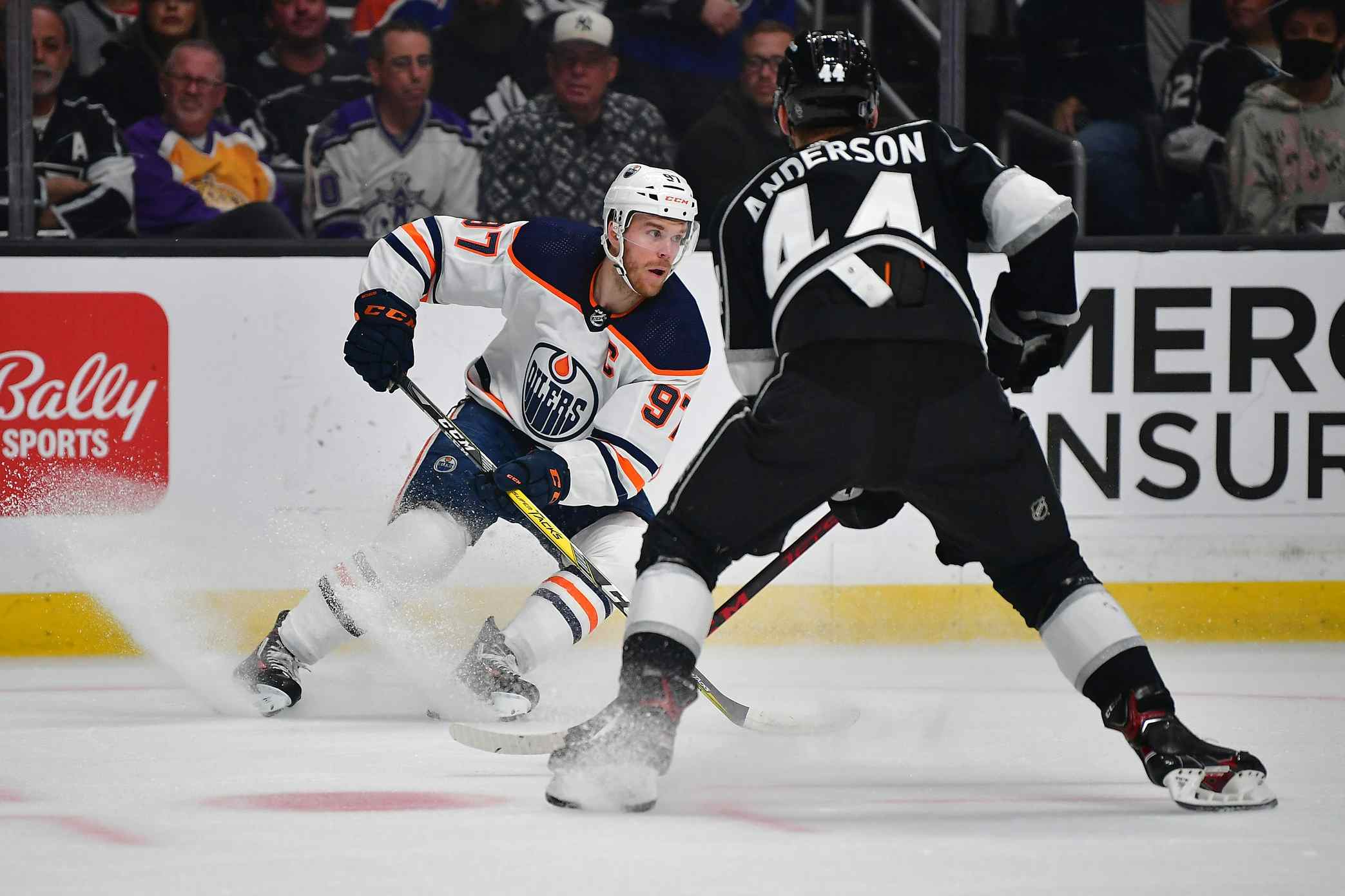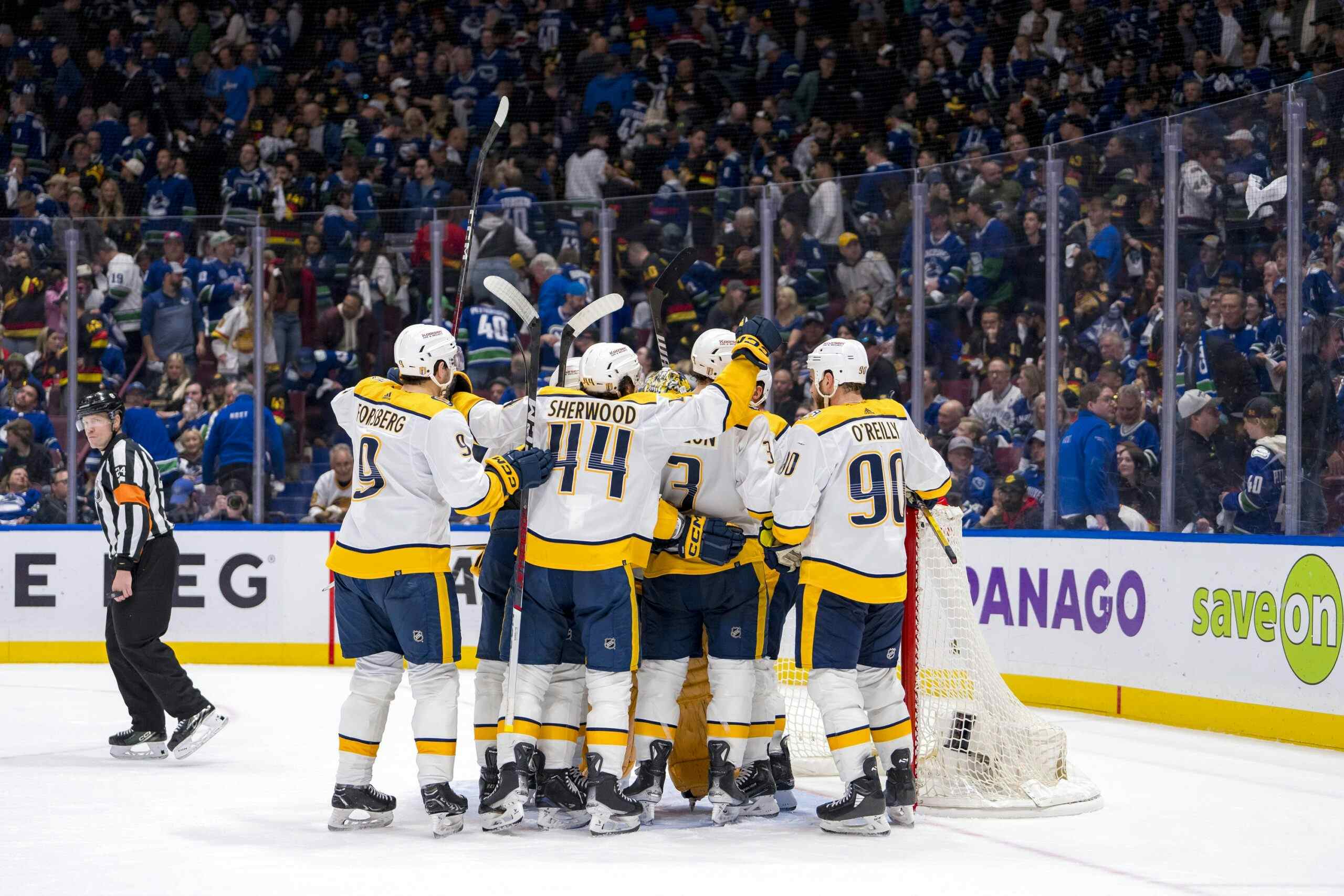Craig MacTavish: Making not so bold moves?

Edmonton Oilers general manager Craig MacTavish was busy early at the 2013 NHL Draft, but the moves were less bold than many may have hoped for. Second round picks, as promised, were the currency of choice but rather than shoring up the Oilers in the short-term Mactavish opted to re-stock the team’s supply of draft picks, which had been depleted entering the draft.
MacTavish pulled off a pair of trades, and while he failed to add NHL-ready talent to the Oilers he did manage to turn one second round draft pick into five selections in the two moves:
- Edmonton traded their 37th overall pick to Los Angeles for the 57th, 88th and 96th picks
- Edmonton then traded the 57th pick to St. Louis for the 83rd, 94th and 113th picks
All told, MacTavish sacrificed an early second round pick for selections at 83rd, 88th, 94th, 96th and 113th overall. Los Angeles picked Valentin Zykov; the Oilers instead took flyers on five different players:
- Bogdan Yakimov: A 6’5" Russian centre with real potential but footspeed issues
- Anton Slepyshev: A high-scoring Russian who was controversially passed over by everyone in 2012
- Jackson Houck: A character player who led a weak Vancouver Giants team in scoring
- Kyle Platzer: A defensive specialist buried on a strong London team
- Aidan Muir: A 6’4" power forward playing midget hockey
The two trades do a pair of important things for the Oilers.
Firstly, Edmonton re-stocked what was a rather barren cupboard of picks. Thanks to trades with Dallas for Mark Fistric and Florida for Jerred Smithson, the Oilers didn’t have a third or fourth round draft pick and without making trades would have come away with only six players; instead they sacrifice quality in Zykov in exchange for quantity. Given the boom-or-bust nature of the draft, it’s understandable why the team would want as many choices as possible.
Secondly, all five players chosen with those picks are forwards. The Oilers have a pretty decent set of prospects on defence, but up front the development pipeline is getting pretty empty. This gives the team an opportunity to load up on players who can potentially play roles up front for Oklahoma and, in a few years, perhaps for Edmonton. It’s obvious this was a position of need for the Oilers, and they’ve done their best to address it – with picks still to come, seven of their first eight selections (and all five acquired via trade) have been forwards, with first round pick Darnell Nurse the only exception.
For Oilers fans, it would have been nice to see the team improve in the short-term by adding NHL players, and the rumours of the team pursuing Cory Schneider and Braydon Coburn and Cal Clutterbuck and others won’t move the dial forward on the team one inch. But it’s also easy to see why Craig MacTavish made the choices he did, and his work on draft day did help address positions of organizational weakness.
Much more, however, will need to happen in the coming week or two.
Recently around the Nation Network
The big news of the day came, not from Edmonton, but rather from Vancouver, as their ongoing goaltending saga finally saw a significant shift. The Canucks opted to hang their hopes on the untradable Roberto Luongo, instead sending presumptive starter Cory Schneider to New Jersey in exchange for the ninth overall pick (which was used on centre Bo Horvat). At Canucks Army, Thomas Drance says he has conflicting thoughts on the process:
I’ll admit that I’m of two minds about the deal that sent Cory Schneider to the New Jersey Devils straight up for the pick that became Bo Horvat. On the one hand, a top-ten pick in a deep draft is a solid return for an unproven starter. On the other, this was handled embarrassingly by the Canucks organization, the clubs overall indecision on this front is not a good look, and it ultimately worked out poorly for the club.
Click the link to read more, or alternately, feel free check out some of my other pieces here:
Recent articles from Jonathan Willis





